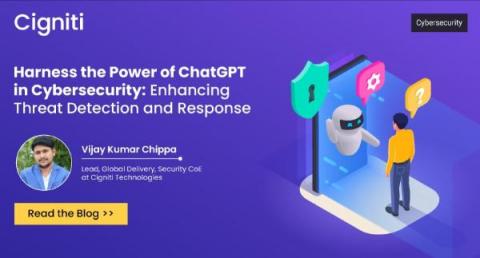Mobile app security is just like housekeeping
What is Appdome? How does it work? Is Appdome like a firewall for mobile applications? In this week’s episode of the Test Case Scenario, Appdome’s Senior Product Manager Kurt Dusek joins our panelists. They discuss the many incredible features of this cyber defense automation platform, how it detects and fights against cybersecurity threats, and more.











